City Introduction
Wuhan, abbreviated as "Han", also known as River City, is the capital of Hubei Province and the only sub-provincial city in the six central provinces. It consists of three urban areas separated by rivers - Wuchang, Hankou, and Hanyang - and is therefore also called the "Three Towns". The Yangtze River and its largest tributary, the Han River, meet here, forming a unique geographical landscape.
As a core city in central China and an important strategic point along the Yangtze River Economic Belt, Wuhan has a profound historical and cultural heritage and abundant tourism resources. This city was once the birthplace of the 1911 Revolution and has witnessed important historical events in modern Chinese history.
Wuhan attracts countless tourists with its unique natural scenery, rich historical sites, and authentic food culture. This guide will take you on a three-day journey to deeply experience the charm of Wuhan and experience both the past and present of this city.
3-Day Day Itinerary Overview
Day 1
Wuchang Classic Attractions Day Tour
The first day mainly focuses on classic attractions in the Wuchang area, including the most representative Yellow Crane Tower and East Lake, as well as tasting authentic Wuhan snacks.
Day 2
Hanyang Cultural Landscape Exploration
The second day explores Wuhan's cultural landscapes, including the beautiful campus of Wuhan University, the ancient Guiyuan Temple, as well as the modern commercial district and iconic bridge.
Day 3
Historical and Cultural Exploration Journey
The third day mainly involves visiting museums and historical sites to understand Wuhan's rich historical and cultural heritage, and finally relaxing at the riverside park to enjoy the beautiful scenery of the Yangtze River.
Detailed Itinerary
Day 1: Wuchang Classic Attractions Day Tour
The first day mainly focuses on classic attractions in the Wuchang area, including the most representative Yellow Crane Tower and East Lake, as well as tasting authentic Wuhan snacks.
08:30-10:30
Visit Yellow Crane Tower
Visit Yellow Crane Tower in the morning when there are relatively fewer people, making it suitable for taking photos. Climb the tower to overlook the Yangtze River and enjoy the panoramic view of Wuhan's three towns.
10:30-11:00
Transportation
Take a bus or taxi to East Lake Scenic Area (about 20 minutes)
11:00-14:00
East Lake Scenic Area Tour
East Lake tour and lunch. You can enjoy lunch at a lakeside restaurant, tasting Wuhan's specialty dishes.
14:00-14:30
Transportation
Take a bus or taxi to Hubu Lane (about 25 minutes)
14:30-17:30
Hubu Lane Food Experience
Taste various Wuhan specialty snacks at Hubu Lane, such as Hot Dry Noodles, Bean Skin, Duck Necks, etc. You can enjoy dinner here and experience the charm of Wuhan's food culture.
Day 2: Hanyang Cultural Landscape Exploration
The second day explores Wuhan's cultural landscapes, including the beautiful campus of Wuhan University, the ancient Guiyuan Temple, as well as the modern commercial district and iconic bridge.
08:30-11:00
Wuhan University Tour
Tour the Wuhan University campus, which blends classical and modern architecture, and appreciate famous buildings such as the Cherry Blossom Summit and the Old Library. In spring, you can enjoy the spectacular cherry blossoms.
11:00-11:30
Transportation
Take a bus or taxi to Guiyuan Temple (about 30 minutes)
11:30-13:30
Guiyuan Temple Visit
Visit Wuhan's largest Buddhist temple, experience the solemn atmosphere of the ancient temple, and enjoy lunch at the temple's vegetarian restaurant.
13:30-14:00
Transportation
Take a bus or taxi to Jianghan Road Pedestrian Street (about 25 minutes)
14:00-16:30
Jianghan Road Shopping Experience
Shop at Jianghan Road Pedestrian Street, have afternoon tea, admire the European-style buildings on both sides, and experience the modern commercial charm of Wuhan.
16:30-17:00
Transportation
Walk or take a ride to Wuhan Yangtze River Bridge (about 15 minutes)
17:00-18:30
Wuhan Yangtze River Bridge Sightseeing
Stroll along the Yangtze River Bridge in the evening, enjoy the scenery on both sides of the Yangtze River and the sunset view, and wait for the moment when the bridge lights up as night falls.
Day 3: Historical and Cultural Exploration Journey
The third day mainly involves visiting museums and historical sites to understand Wuhan's rich historical and cultural heritage, and finally relaxing at the riverside park to enjoy the beautiful scenery of the Yangtze River.
09:00-11:00
Wuchang Uprising Memorial Visit
Learn about the history of the 1911 Revolution, visit the Wuchang Uprising memorial site, and enhance your understanding of modern Chinese history.
11:00-11:30
Transportation
Take a bus or taxi to Hubei Provincial Museum (about 20 minutes)
11:30-15:00
Hubei Provincial Museum Tour
Visit the Hubei Provincial Museum, admire national treasure-level artifacts such as the Chime Bells of Marquis Yi of Zeng, and learn about the splendid Chu culture. You can enjoy lunch at the museum's restaurant.
15:00-15:30
Transportation
Take a bus or taxi to Hankou Riverside Park (about 30 minutes)
15:30-18:00
Stroll in Hankou Riverside Park
Walk in Hankou Riverside Park, enjoy the Yangtze River scenery, and choose to have dinner at a riverside café or restaurant, concluding the three-day tour.
Attraction Details
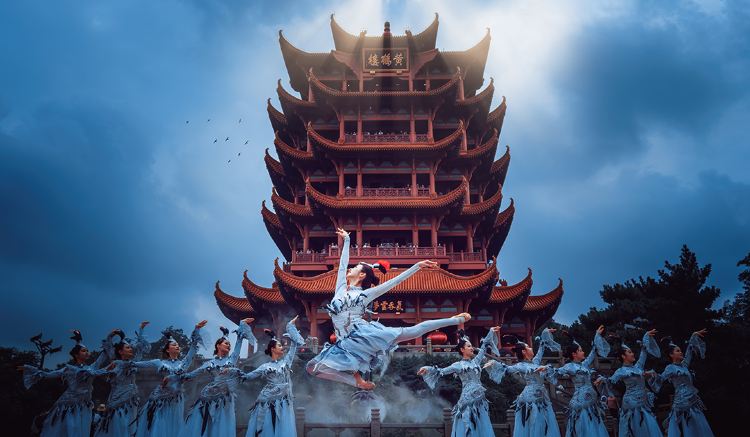
Yellow Crane Tower
One of the four famous towers in ancient China, known as the "First Tower Under Heaven". Originally built during the Three Kingdoms period, it has been rebuilt many times. The current Yellow Crane Tower was built in 1985 as a replica of the ancient structure, standing five stories tall with a total height of 51.4 meters. From the tower, you can overlook the panoramic view of the Yangtze River and Wuhan's three towns.
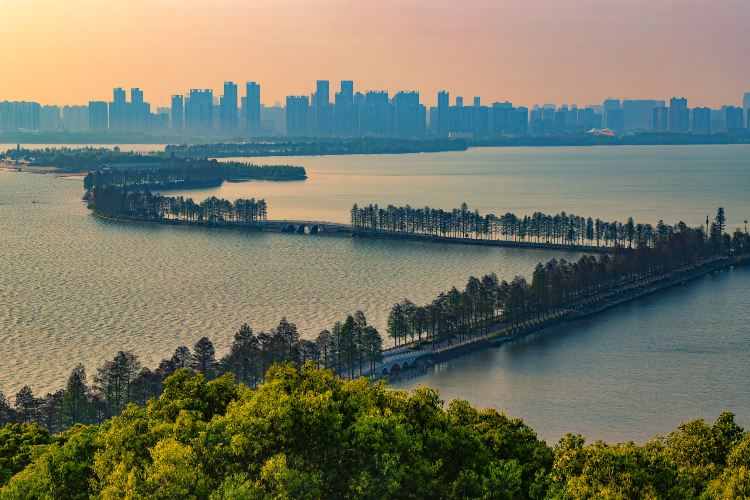
East Lake Scenic Area
East Lake is the largest urban lake in China, known as "Chu Charm and Han Style". The scenic area includes Tingtao Scenic Area, Moshan Scenic Area, Luoyan Scenic Area, and more, making it a perfect place to enjoy lake and mountain scenery. In spring, you can appreciate cherry blossoms; in summer, you can take a boat tour on the lake. It's suitable for visits in all four seasons.
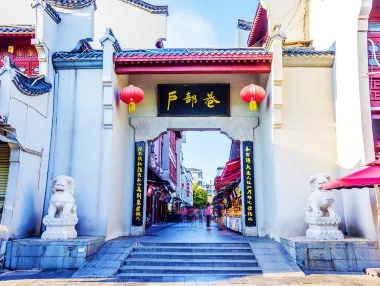
Hubu Lane Food Street
A 150-meter-long stone-paved lane that gathers Wuhan's famous snacks such as Three Fresh Bean Skin, Hot Dry Noodles, Crayfish, Duck Necks, and other specialties. This is a must-visit place to taste authentic Wuhan cuisine, with various stalls lined up and filled with enticing aromas.
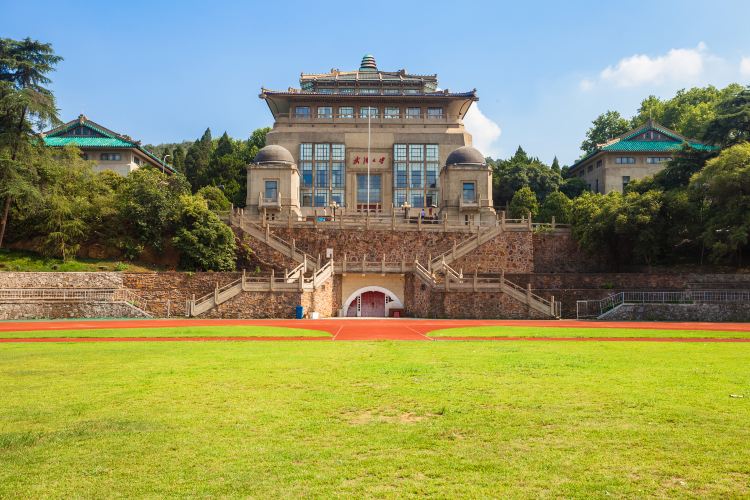
Wuhan University
One of the most beautiful universities in China with a hundred-year history. The campus cherry blossoms are famous nationwide, especially spectacular during the spring bloom. The old building complex is well preserved, combining Eastern and Western architectural styles, earning it the title of "the most beautiful university campus in China".
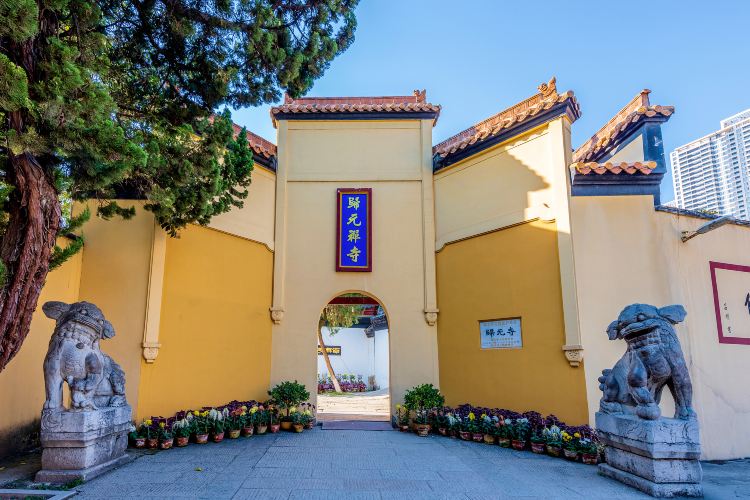
Guiyuan Temple
Built during the Ming Dynasty, it is the largest Buddhist temple in Wuhan, known as the "Famous Temple of Han". The temple includes buildings such as the Grand Hall, Guanyin Hall, and houses many precious Buddhist artifacts. The temple environment is serene, making it an ideal place to experience Buddhist culture and seek inner peace.
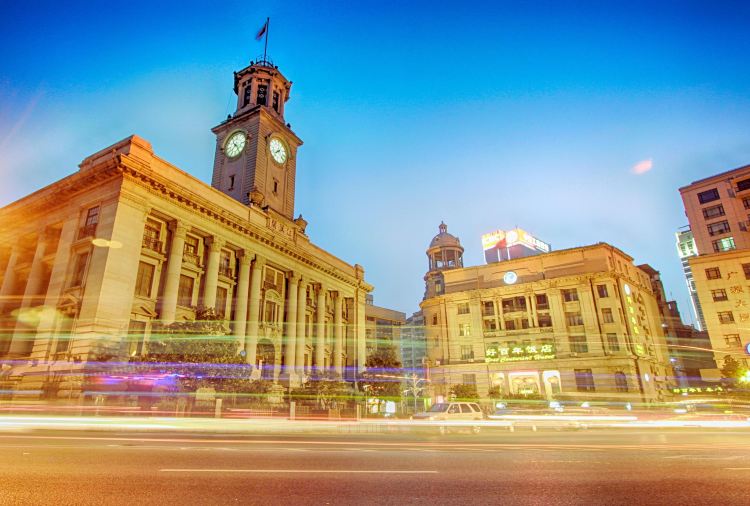
Jianghan Road Pedestrian Street
One of Wuhan's most famous commercial streets with a hundred-year history. Many European-style buildings are preserved along the street, known as an "International Architectural Exhibition". It gathers various shops, restaurants, and entertainment venues, making it a great place for shopping and experiencing modern urban life in Wuhan.

Wuhan Yangtze River Bridge
The first bridge over the Yangtze River designed and built by China itself, it is one of Wuhan's landmark structures. The bridge is 1670 meters long, divided into two levels: a highway bridge and a railway bridge. In the evening, the bridge lights up brilliantly, creating a spectacular scene with the Yangtze River night view.
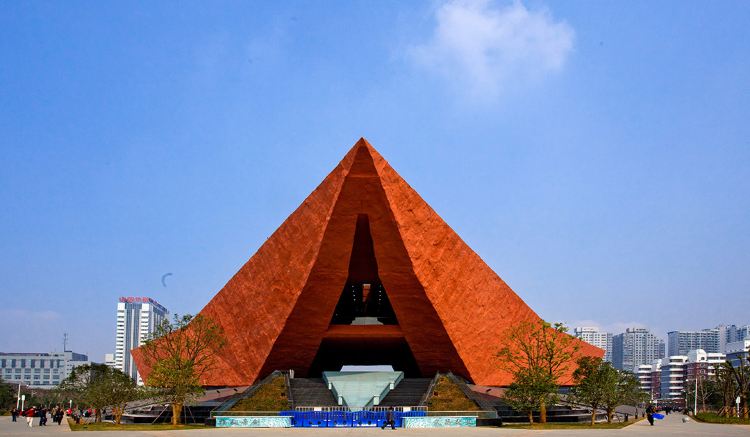
Wuchang Uprising Memorial
Located at the former site of the Red Building outside the Wuchang Uprising Gate, it is the birthplace of the Wuchang Uprising during the 1911 Revolution. The museum displays a large number of historical artifacts and materials related to the 1911 Revolution, making it an important place to learn about modern Chinese history.
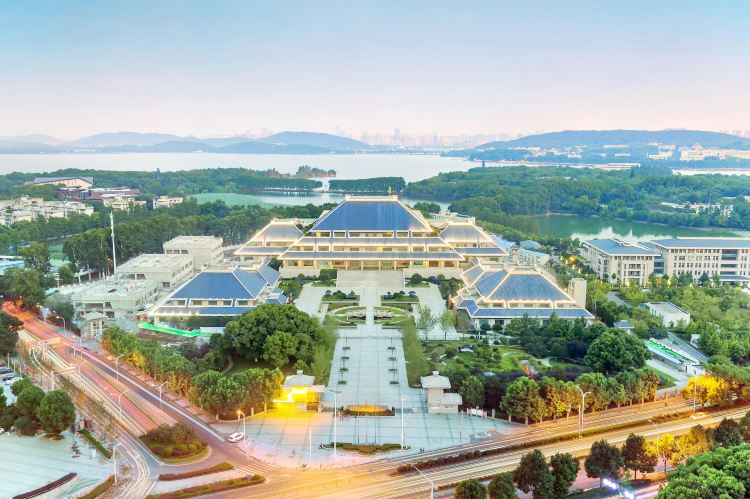
Hubei Provincial Museum
A national first-class museum with rich collections, known for collecting and displaying Chu culture artifacts. Its treasures include the Chime Bells of Marquis Yi of Zeng and the Sword of King Goujian of Yue, making it an important place to understand Chu culture and ancient Chinese history.
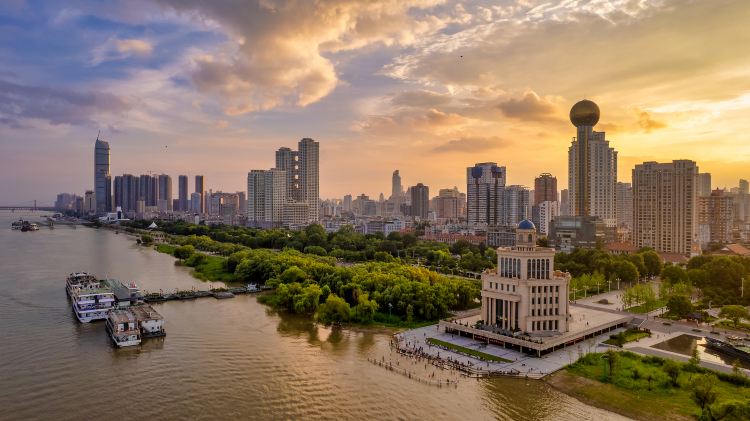
Hankou Riverside Park
The most distinctive riverside park along the Wuhan section of the Yangtze River, extending about 7 kilometers. The park is shaded with trees and has multiple themed scenic areas. Walking along the riverside allows you to enjoy the scenery on both sides of the Yangtze River, which is especially beautiful in the evening.
Local Specialty Foods
Hot Dry Noodles
Wuhan's city signature, oily and chewy noodles mixed with sesame paste sauce, with a rich flavor, it's the most beloved breakfast for locals.
Multiple shops in Hubu Lane, small eateries on Jianghan Road
Three Fresh Bean Skin
Thin and soft bean skin wrapped with meat filling and vegetables, rich in texture, a classic Wuhan snack.
Cai Lin Ji in Hubu Lane, Lao Tongcheng
Duck Necks
A spicy braised snack loved by Wuhan people, with a unique spicy and savory flavor.
Zhou Hei Ya, Jingwu Duck Necks
Mian Wo
Crispy outside and soft inside fried dough, served with white sugar or sesame, a traditional Wuhan sweet.
Multiple shops in Hubu Lane
Wuchang Fish
A famous fish from the Yangtze River, with delicious meat, usually steamed or braised to preserve its original flavor.
Hujin Restaurant, Lakeside View Restaurant
Lotus Root Soup
Sliced lotus root cooked with pork ribs, clear and sweet soup, nutritious and rich.
Available at various restaurants throughout Wuhan
Practical Tips
Best Time to Visit
Spring (March-May) and autumn (September-November) are the golden seasons for visiting Wuhan, with pleasant weather. In spring, you can enjoy Wuhan University's cherry blossoms; in autumn, the weather is clear and crisp.
Transportation Suggestions
Wuhan's metro system is extensive; you can purchase a one-day or three-day pass. Since attractions are quite far apart, it's recommended to plan your routes efficiently to reduce unnecessary travel.
Accommodation Recommendations
It's recommended to stay in Wuchang District or Hankou commercial area, which have convenient transportation and rich dining options. If you choose Wuchang District, you'll be close to East Lake and Yellow Crane Tower; if you choose Hankou, you'll be near Jianghan Road and Hankou Riverside.
Special Experiences
You can take the Yangtze River ferry to cross the river, experiencing the joy of "crossing the river"; enjoy the Yangtze River sunset at Wuhan Customs Wharf in the evening; take a boat tour on East Lake.
Weather Tips
Wuhan summers are hot and rainy, known as a "furnace city", so please prepare for sun protection and rain. Winters are wet and cold, requiring attention to keeping warm.
Conclusion
Wuhan is a city full of vitality and historical significance. Three days will allow you to experience the diverse charm of this city. From the magnificent Yellow Crane Tower to the serene East Lake, from the bustling Hubu Lane to the solemn museums, every corner of this city is worth exploring.
We hope this guide helps you plan an unforgettable trip to Wuhan. Whether you are a history and culture enthusiast, a food explorer, or a seeker of natural scenery, Wuhan can meet your expectations.
Itinerary Highlights Summary
- 1Experience the culture of Wuhan's Three Towns and feel the unique geographical features where the Yangtze River and Han River meet
- 2Appreciate the city's blend of ancient and modern, from the ancient Yellow Crane Tower to modern commercial districts
- 3Taste authentic Wuhan cuisine; don't miss specialty snacks such as Hot Dry Noodles, Bean Skin, Duck Necks, and more
- 4Learn about the history of the 1911 Revolution and explore the site of important events in modern Chinese history